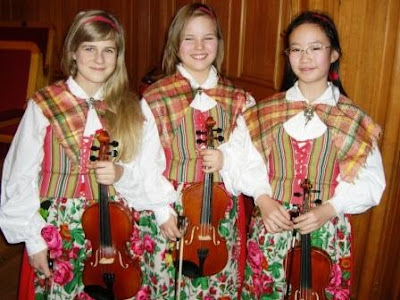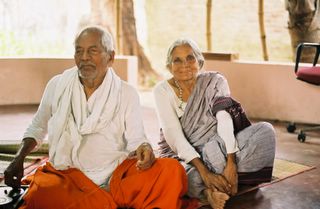BioSand Water Filters!
Waterborne diseases remain the second leading cause of childhood mortality in India. Dysentery and related conditions, both bacterially and virally caused, are endemic to rural India, exacerbate other health problems, and impact both productivity and longevity, especially among the rural poor. Rural hospitals in particular spend scarce resources on the treatment of these diseases. The national and state governments have made strides to provide clean drinking water to urban populations, but progress in rural areas, especially among the poor, has been very slow. Well water is often impure, and there have been many reports of acute dysentery resulting from the use of water from government water tanks. At the household level, purification has been accomplished only through boiling, which entails the use of scarce and expensive fuel (wood or kerosene), or through the use of bleach, which has not proven to be culturally acceptable on a widespread basis. Those wealthy enough may resort to bottled water, but this is not an option for the vast majority of the rural poor population.
The Cauvery Delta of Tamil Nadu is beset repeatedly by cycle of drought and floods. Under both circumstances, water resources available to the rural poor are often compromised, with increased hospitalizations and deaths from acute dsysentery (and, occasionally, cholera – there were hundreds of cholera cases following the floods that preceded the tsunami in December 2004).
I came upon the biosand water filters through becoming acquainted with my new friends Del and Sue Livingston. The Livingstons are members of Olympic View Friends Church in Tacoma, Washington, and had come to our Friends Meeting to raise funds for a biosand water filter project in Kenya. They had both apprenticed in biosand water filter technology, and have trained more than 150 people in Kenya in fabricating biosand water filters, which are now being used in households, schools, orphanages, and hospitals in Kenya. In doing so, they established microbusinesses to produce the filters, with 50 permanent jobs being created. This seemed perfect for LAFTI, as the biosand water filters could be incorporated into the design of the new homes to be built, and could be demonstrated to villagers at the site where the fly-ash bricks are to be made. The timing was great as well, as LAFTI was still working to get electricity run to the new brickmaking machine.
The Livingstons trained a team of LAFTI workers, and together, they installed water filters at LAFTI’s headquarters in Kuthur, at the student hostels in Valivalam, at the Workers Home in Gandhigram, and at the brickmaking site, as well as a schools and clinics in the area. My present was to provide a biosand water filter for the family of every LAFTI staff member. Since they live in so many different villages, this is a way to disseminate education about the technology. Staff at Gandhigram Rural University are now testing the technology for use in surrounding villages, and requests are coming in from throughout India for LAFTI to train others. Sue also provided training in health and sanitation, especially as it pertains to water issues.
Besides labor and the cost of fabricating the initial molds, the cost of constructing a filter for a family is roughly $9. But (and as I warned the Livingstons), I thought it unlikely that the LAFTI folks would want to start a business to sell them, but rather will spend their energy disseminating the technology to those in need.
And now brickmaking has started! I’m headed to India in January, and looking forward to seeing the results. Of one result I am sure: no more Coca-Cola water (Coke is the major bottler of water, and has been wrecking the water table in various parts of the country) for me!









